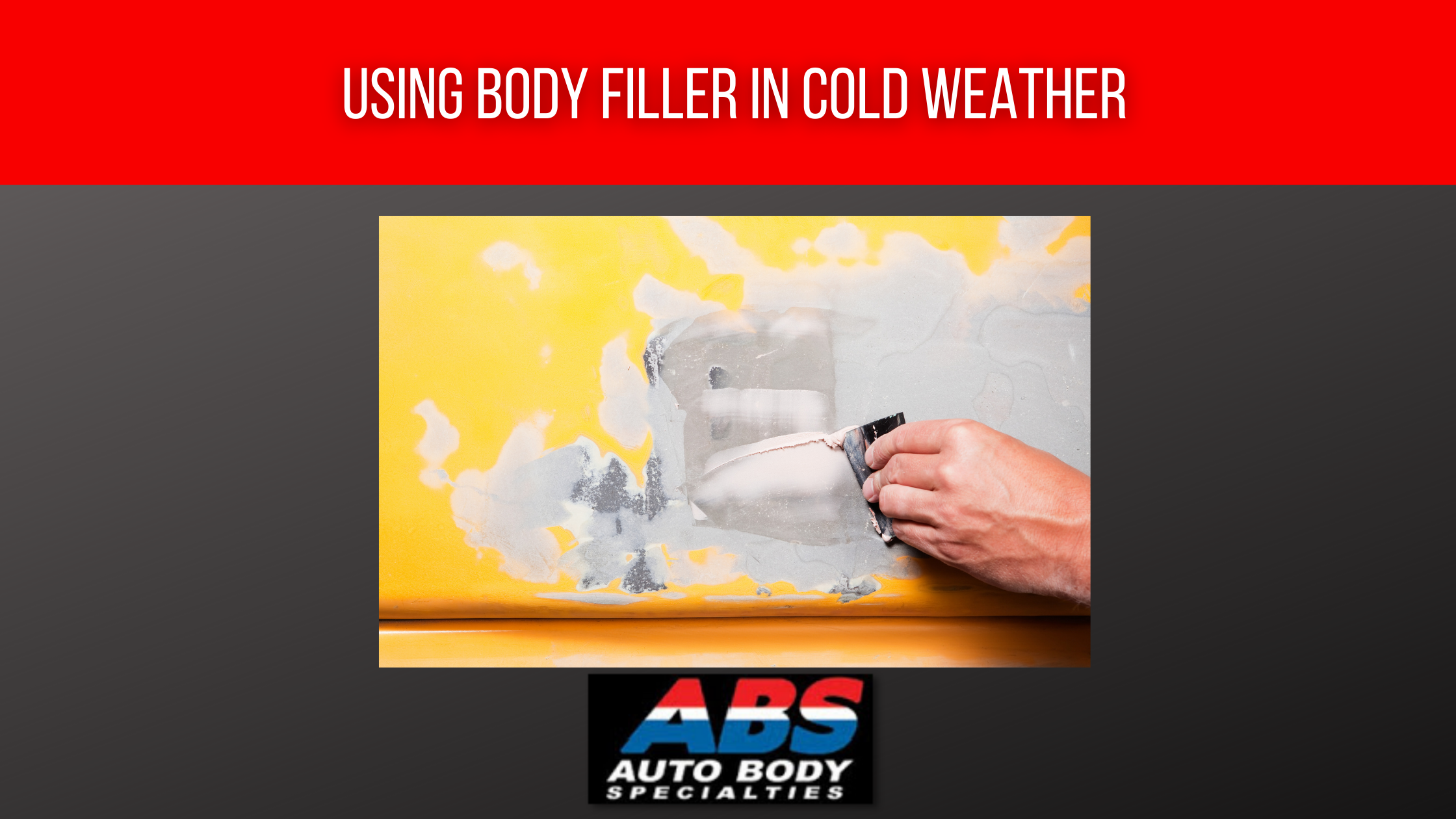
Many parts of Connecticut saw the first frost of the year this week. Doing body work in colder weather can be tough, especially if you are planning on using body filler. If at all possible, you should use body filler in a warmer environment but it can be used without heating if the temperature is above 45 degrees. Using body filler under that minimum can cause issues with the curing process.
Using Body Filler in Cold Weather
What is the lowest temperature I can use body filler at?
Body filler can be used in cold but not freezing weather. A good temperature range to use body filler is between 45 and 50 degrees. When applying body filler in colder weather, it is a good idea to use a slightly larger amount of hardener. Remember that curing times for the body filler will be significantly longer when it is utilized in colder weather.
What risks are there when using body filler in cold weather?
If you end up having to use body filler in colder weather, there are some risks that go along with it. One of the more common bad things that can happen when using body filler in colder weather is that it can crack and fall off the car. Another risk is that the body filler may take an excessive time to cure or may not cure at all.
How can I make working with body filler easier in cold weather?
If possible, any work with body filler should be done in a warm environment. If your garage is unheated, it may be a good idea to invest in a space heater. Another method is to create a hotbox this is large enough to fit you, the piece you’re working on, and an incandescent light. The light should heat up the box easily but if you can insulate it, it will warm up at a quicker rate. You can also use a heat gun to cure the body filler, but it requires a lot of attention to make sure it is done correctly. Using too much heat in one spot will render the body filler to become soft and sticky.
 US Dollars
US Dollars
 CANADIAN
CANADIAN
